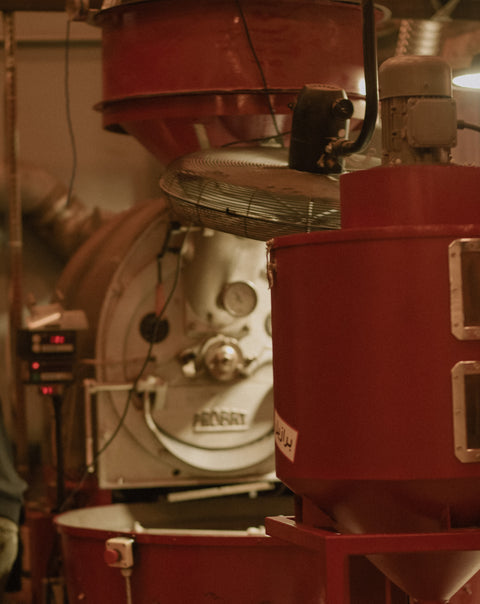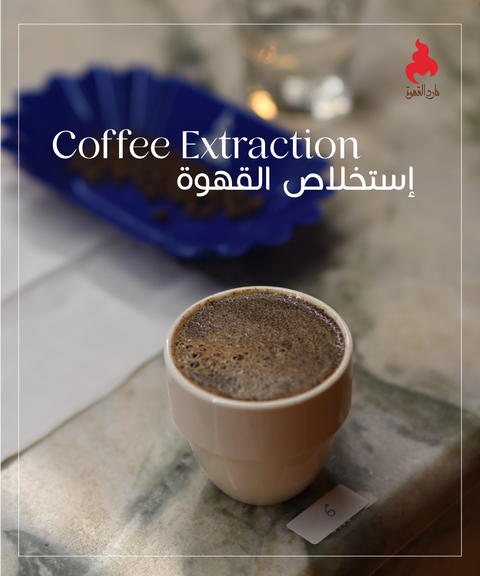After coffee is harvested, processed, rested and shipped to the customer (Marid Coffee), it goes through the next step which is roasting. It’s one of the most fascinating aspects of the coffee industry.
It takes the green coffee bean, which has almost no flavor, and transforms it into an incredibly aromatic, astonishingly complex coffee bean. The smell of freshly roasted coffee is intoxicating and all-around delicious.
The roast of a coffee is a product of the final colour of the coffee bean (light or dark), and the time it took to get to that colour (fast or slow). The flavour will be quite different between the fast and the slow, even though the bean may look the same.
Lots of different chemical reactions occur during roasting, several of them reduce the weight of the coffee, one of which is the evaporation of moisture. Slow roasting will result in a greater loss of weight than faster roasting. Slow roasting will also achieve a better and more expensive cup of coffee.
The roasting can be controlled to determine three key aspects of how the coffee will taste: acidity, sweetness, and bitterness.
In general it’s agreed that the longer the coffee is roasted the less acidity it will have. On the other hand bitterness will slowly increase the longer a coffee is roasted, and will definitely increase the darker a coffee is roasted. Sweetness is peaking in between the highs of acidity and bitterness. A good roaster can manipulate where coffee may be sweetest in relation to its roast degree, producing either a very sweet, yet also quite acidic coffee, or a very sweet, but more muted cup by using a different roast profile. The master roaster can only bring out the best a bean has to offer.
Therefore, poor quality coffee can never be improved regardless of the roast profile.




